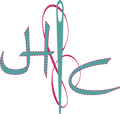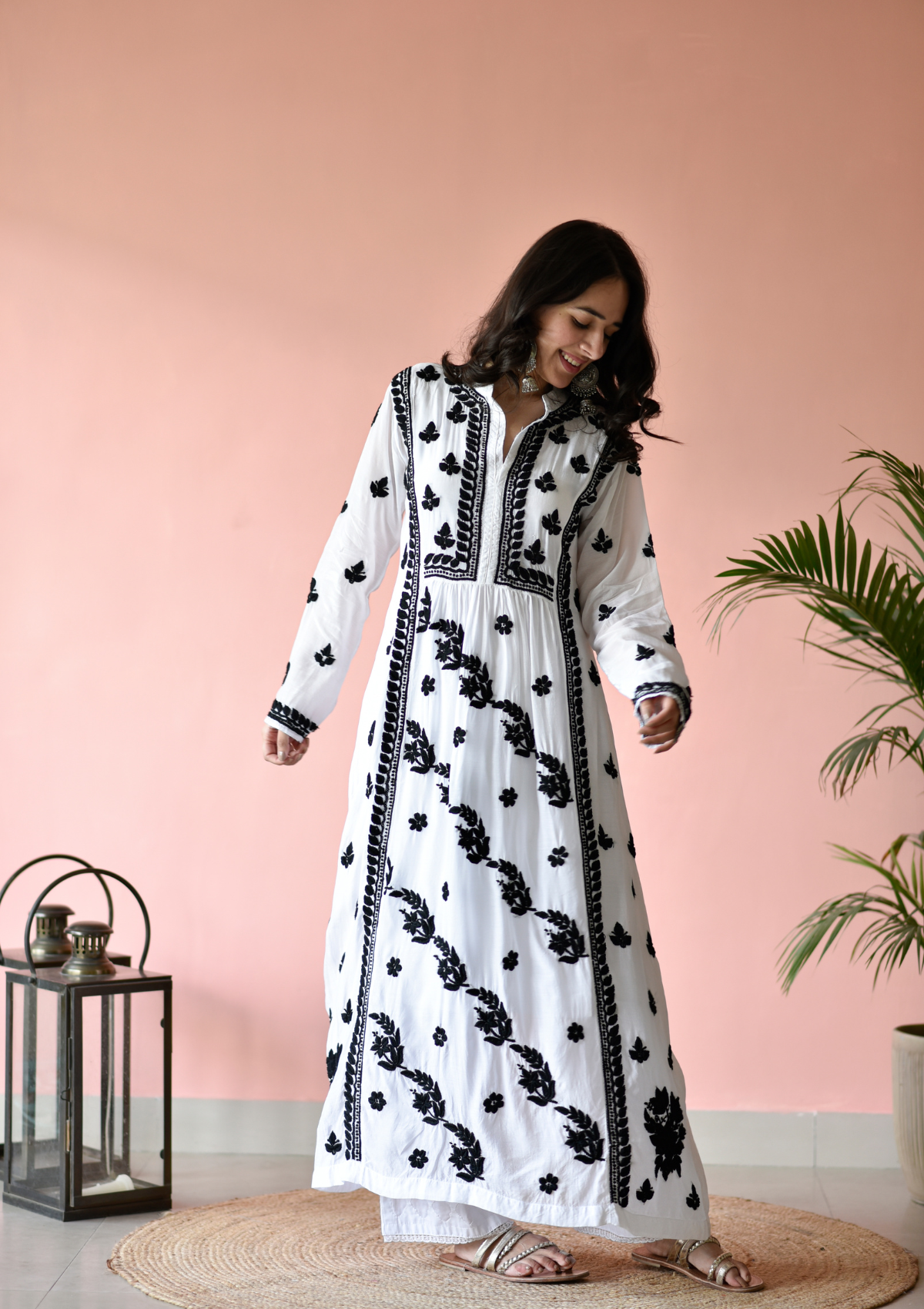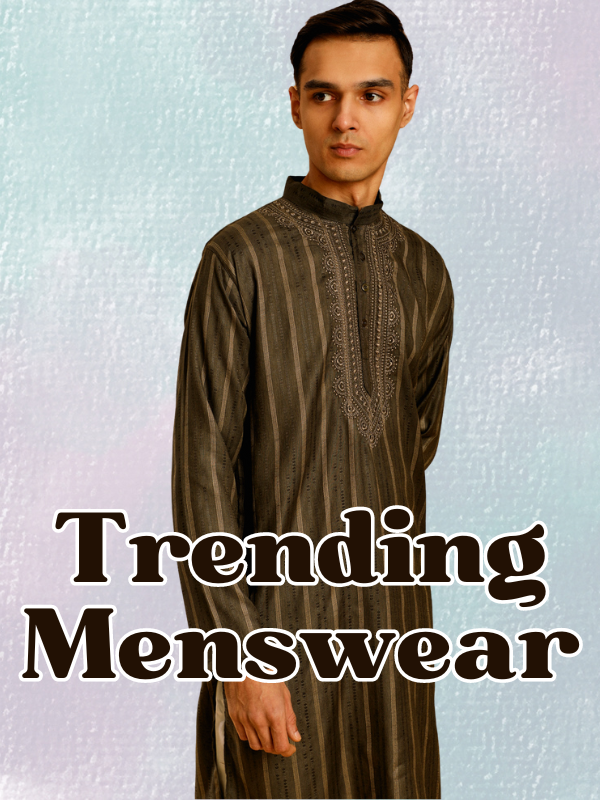How is Chikankari Embroidery done?
Chikankari is a craft style believed to be as old as 3rd Century BC. One of the finest and the most beautiful examples of Indian craftsmanship, Chikankari is an art form that showcases the intricacy of hand embroidery. The word ‘Chikan’ literally translates to embroidery. The embroidery pattern is usually done by a thick white cotton thread on soft cotton fabrics. Comfortable, elegant and filled with history, Chikankari Kurtas are a classic wardrobe essential.
The art form is believed to be one of the most ancient arts of embroidery, which is now scattered all over India but finds its heart in Lucknow. According to popular belief, Nur Jehan, the Mughal emperor Jahangir's wife, is credited for popularising Chikankari in India. It was brought by Persian nobles who would visit the Mughal courts.

FABRIC USED:
Chikan work is generally done on lighter fabrics that are sheer for the shadow effect they give. This also highlights the embroidery. Cotton, pure georgette, chiffon, silk and chanderi are among the few fabrics that can be used pertaining to their texture making it easier for needles to pierce through.
Owing to the popularity of Chikankari, the embroidery is now also done with coloured and silk threads to keep up with the changing trends. In recent years, Chikan work has been combined with additional embellishment such as Mukaish work.
Mukaish, as mentioned, is a form of embellishment work in which strips of metallic wire are inserted into the fabric and then twisted to create metallic embroidery. This type of embroidery involves twisting thin metallic threads to create patterns all over the fabric.
PROCESS:
The Lucknow Chikankari procedure is divided into two stages: pre and post preparation. So, the process of Chikankari can be delineated in the following steps:
Block Printing: The design to be worked on is first printed on plain fabric. The wooden block is dipped in a color solution created by combining glue and indigo. It is then printed on the fabric. Butis, floral patterns, and borders have their own separate blocks. In Lucknow, the printing process is handled by a separate group of artisans who specialises in printing. The printed fabric is then ready to embroider. Almost every Chikankari garment has floral patterns and motifs. This resonates with the strong influence of Persian aesthetic on the craft.
 Image Source: Dsource
Image Source: Dsource
Embroidery: This fabric is tightly fixed within a small frame called ‘Adda’, part by part. Using a needle and thread, the embroidery is done over the printed design pattern. Stitches of various types can be made in a single product. The skilled craftsman selects his stitch based on the region, motif type, and size. The different types of stitches used in Chikankari: Tepchi, Bakhiya, Hool, Zanzeera, Jali, Rahet, Phanda, Murri.
 Image Source: bbc
Image Source: bbc
Washing: The final stage of the manufacturing process is washing. After the embroidery work is completed, the fabric is soaked in water and then washed to remove the block printed blue colour. The fabric is then starched and ironed to achieve stiffness. The finished product is finally ready for sale.
 Image Source: Dsource
Image Source: Dsource
MAINTENANCE:
Chikankari garments can last a long time with proper care. Your favourite Chikankari garments should ideally be either dry cleaned or hand-washed. This mostly depends on the fabric used. For instance, Silk Chikankari garments last longer when dry cleaned but a cotton Chikankari Kurta can be hand-washed. It’s always more preferable to roll your Chikankari outfits when placing them in the cupboard. Avoid folding them as the creases could distort the embroidery.
Traditional Chikankari carries the grace and subtlety that modern embroidery techniques lack. With newer additions and variations, the love for Chikankari it is never going to fade!
To know more about Chikankari embroidery, read on:
1. The Evolution of Chikankari Embroidery: From Tradition to Trend
2. The Legacy of Chikankari Embroidery: Tracing its Origins and Evolution










